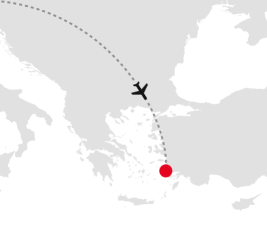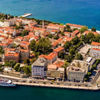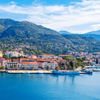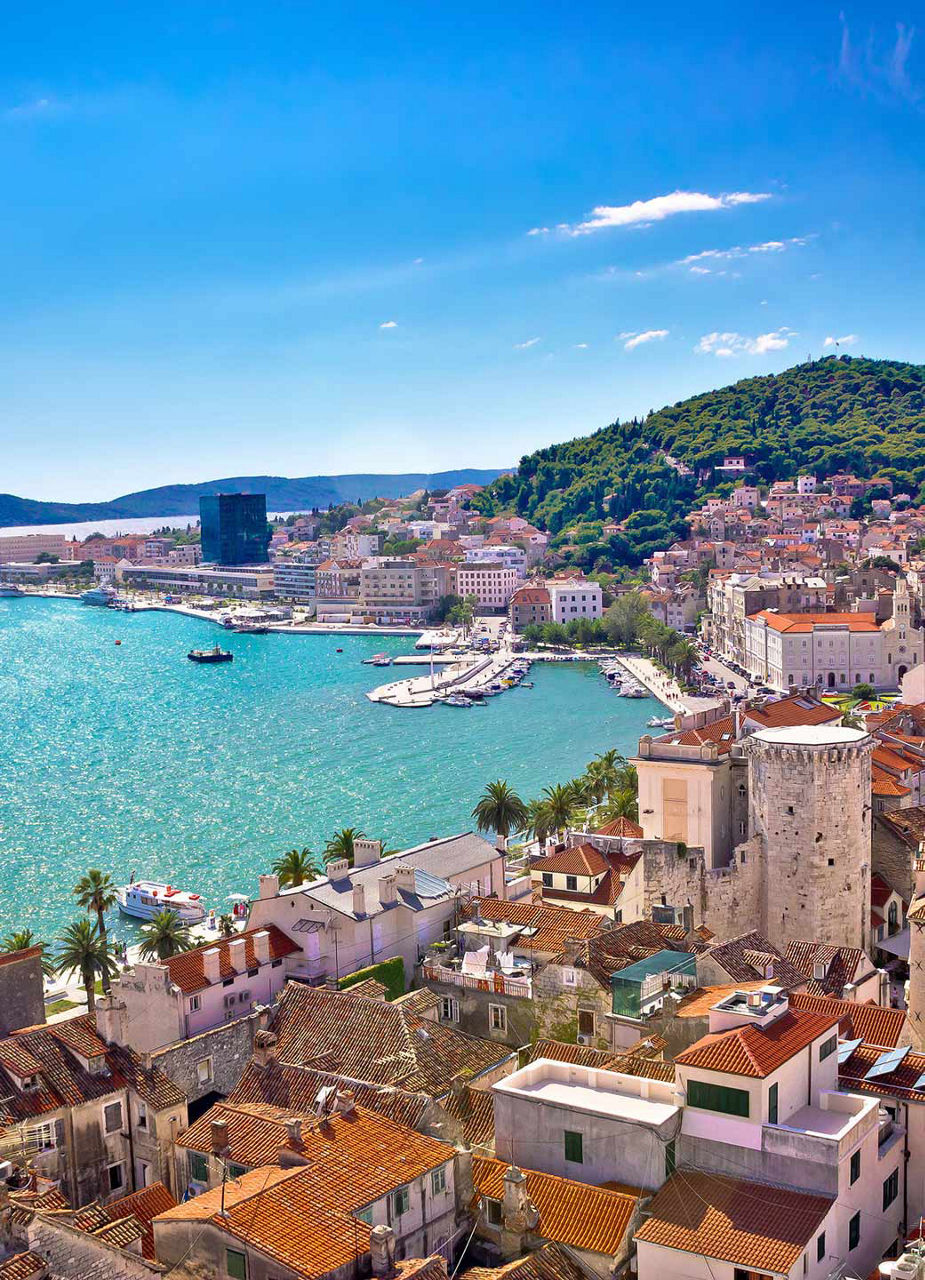
Bodrum – Treasures of the past


Of fishermen and artists
Bodrum was built on the ruins of the ancient city of Halicarnassus. Archaeological finds speak of a 5,000 year old history at this site. In the early modern era, Bodrum was a remote fishing village on the Aegean Sea, and it is only in recent decades that the town has gained prestige again. Cevat Şakir, the Istanbul poet and painter who was exiled to Bodrum and later gave himself the pseudonym “Fisherman of Halicarnassus,” gathered other artists and turned the place into a bohemian colony. Yet the ancient treasures are what give Bodrum its unique character.


From the depths into the light
The story of Bodrum is not only set on land, but also in the Museum of Underwater Archaeology at the Castle of St. Peter, the largest of its kind in Türkiye. Here, you can travel back to the Bronze Age and antiquity, surrounded by parts of shipwrecks, ancient amphorae and long-hidden treasures of the past. Often, it took several years to salvage the ships and collect the artefacts, some of them by chiselling them out. All the more valuable to experience this first-hand today. You won’t be under water anymore, but you’ll probably still hold your breath in amazement.

Culture with a view
It is easy to see that theatres had an important role in Bodrum: The city itself reminds us of an amphitheatre and is situated at the foot of the Taurus Mountains. The Theatre of Halicarnassus is also impressive in its size: Up to 13,000 spectators once enjoyed the show here. Through 1990, it underwent restoration work by the Turkish Ministry of Culture and Tourism so that today it can once again host events and concerts, including the Bodrum International Ballet Festival. Immerse yourself in the past on one of the stone seats overlooking the sea, albeit to more modern sounds.


A temple for the king
You can marvel at one of the seven wonders of the ancient world in Bodrum, in the ruins of the Mausoleum of Halicarnassus. It was built between 368 and 350 BC as a burial place for King Mausollos II – who gave these tombs their name. An impressive, temple-like building, clad in white marble. A violent earthquake destroyed it, probably in the 13th century. Today, the remains of the burial chamber and parts of the sewage system can still be seen. Some “items on loan” from the structure can also be found in the Castle of St. Peter in Bodrum – there, the stones of the mausoleum were unceremoniously rebuilt after the demolition.
Header - Photo by AlyoshinE on Shutterstock
Paragraph 1 - Photo by Peter Titmuss on Alamy
Paragraph 2 - Photo by Kayihan Bolukbasi on Shutterstock
Paragraph 2 - Photo by Aybige Mert on Shutterstock
Paragraph 3 - Photo by Pikoso.kz Shutterstock
Paragraph 4 - Photo by FALKENSTEINFOTO on Alamy
Paragraph 4 - Photo by Alvaro German Vilela Shutterstock











